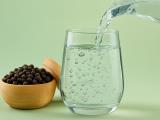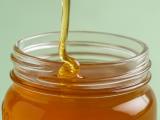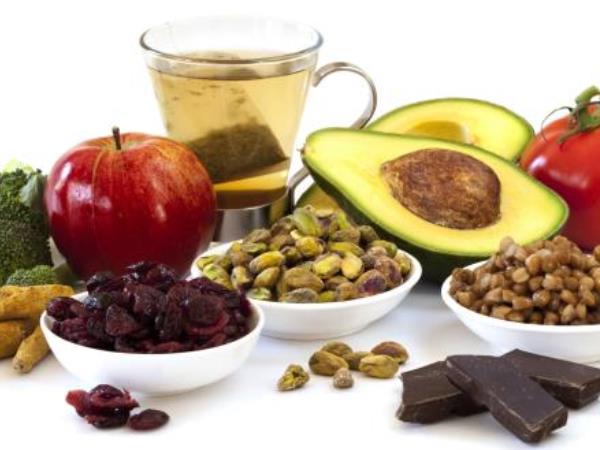Analyses have shown that all patients with any lung issues have a deficiency in vitamin E. A group of American experts wanted to verify this and conducted an experiment with mice. They divided them into three groups. The first group received food with a vitamin E deficiency. The second group received an optimal dose of vitamin E. The third group was overdosed - they consumed twice the optimal amount of vitamin E every day. It is important to note that the vitamin diet started 14 days before infection with viral pneumonia.
The results of the experiment were surprising. While none of the groups avoided infection, the third group, which was overdosed, was completely healthy after two days. The second group with the optimal dose battled pneumonia for almost a week, and those rats that lacked vitamin E fared the worst.
Does a lack of vitamin E in humans also cause more complications with lung diseases?
Yes.
The most at-risk group are those over 65 years old because in these years, the body does not produce as many neutrophils, which are important in defending against lung diseases. Of course, you can use vitamin capsules to help, but the best way is still natural.
The highest amounts of vitamin E are found in vegetable oils, and there is plenty in green vegetables, fish, avocado, olive oil, and in sunflower, walnut, and almond seeds. Data suggests that in case of lung problems, you should consume at least 200% of the daily recommended intake.
If we play with the math and compare nutritional data, in the case of avocado, which contains 31% of the daily vitamin E intake in 100 grams, you should eat over half a kilogram of this fruit every day. Wheat germ oil contains 1242% of the daily vitamin E intake in 100 grams, and just 3 tablespoons would be enough. It would also be sufficient to drizzle your salad generously with sunflower oil (100 grams contains 342% of the daily intake). Olive oil contains 117% of vitamin E in 100 grams, so you should drink 1.5 deciliters of it daily ... It's a good thing that vitamin E is present in practically all foods, the best recipe for health is a varied diet.
And one more thing ... Vitamin E is fat-soluble, so a meal without fats and rich in vitamins won't be of much help. Bear in mind that the average absorption rate of vitamin E into the body is only 30%, which is a lot, but still two-thirds do not achieve the expected effect.
In addition, vitamin E is very sensitive to oxygen and light, but it can withstand temperatures up to 200 degrees Celsius. However, frozen foods contain significantly less of it (approximately 10% for each degree below 6 degrees Celsius).
Datum: 19. JAN 25 - GOOD TO KNOW
Food that protects us from lung inflammation
You can treat asthma, pneumonia, and many other breathing problems, especially protect them with the right food choices. Pay attention to vitamin E in particular.
(FW)
 Would you like to be informed about news on the website?
Would you like to be informed about news on the website?
Just enter your e-mail
Lung inflammation treatment
Vitamin E deficiency
Natural remedies for lung diseases
Best sources of vitamin E
Importance of vitamin E for lung health
|
Copyright (c) Foodwhisper.com March 2018 |
π | Contact: info@foodwhisper.com |
About us | Facebook |  |









